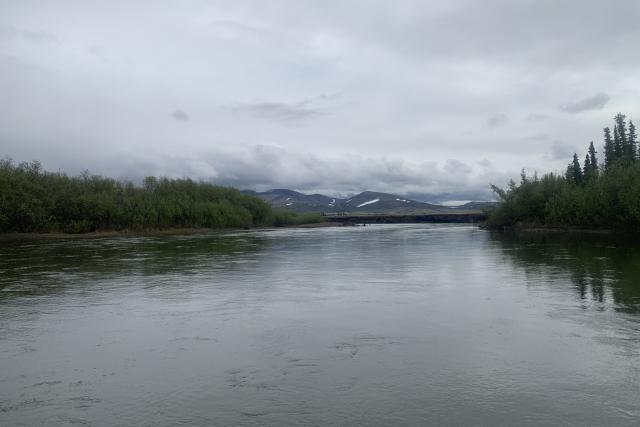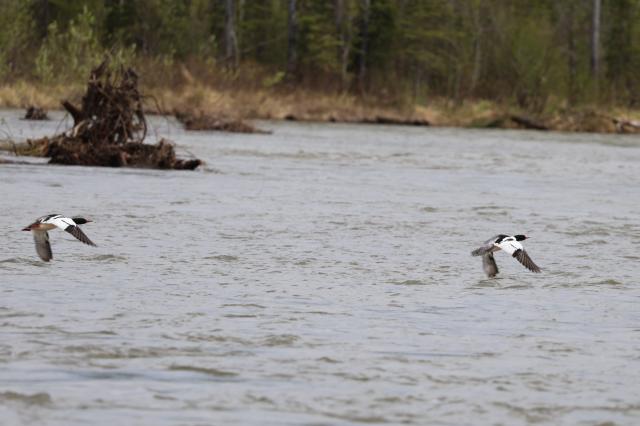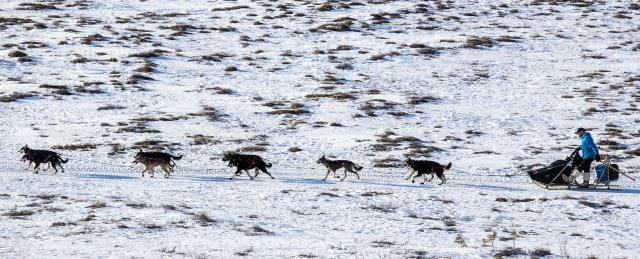Related Stories
- Take a First Day Hike on Your Public Lands
- Using science to uncover mysteries of the Mesa archaeological site in Alaska
- Historic Umtanum Suspension Bridge wins international footbridge award
- Phosphate mining in Florida sustains supply chains, sets standards
- BLM Eastern States enhances campsites on Black Duck Lake
Office
222 W 7th Avenue #13
Anchorage, AK 99513
United States
Phone:
Email:



